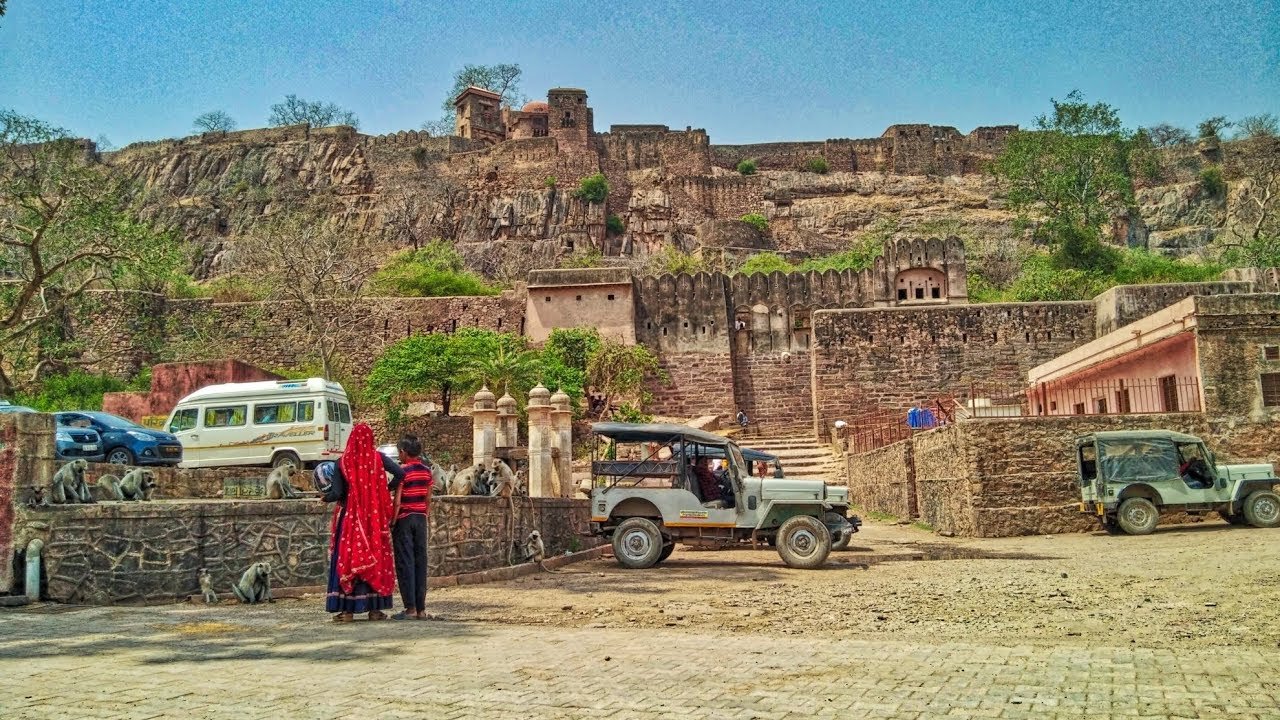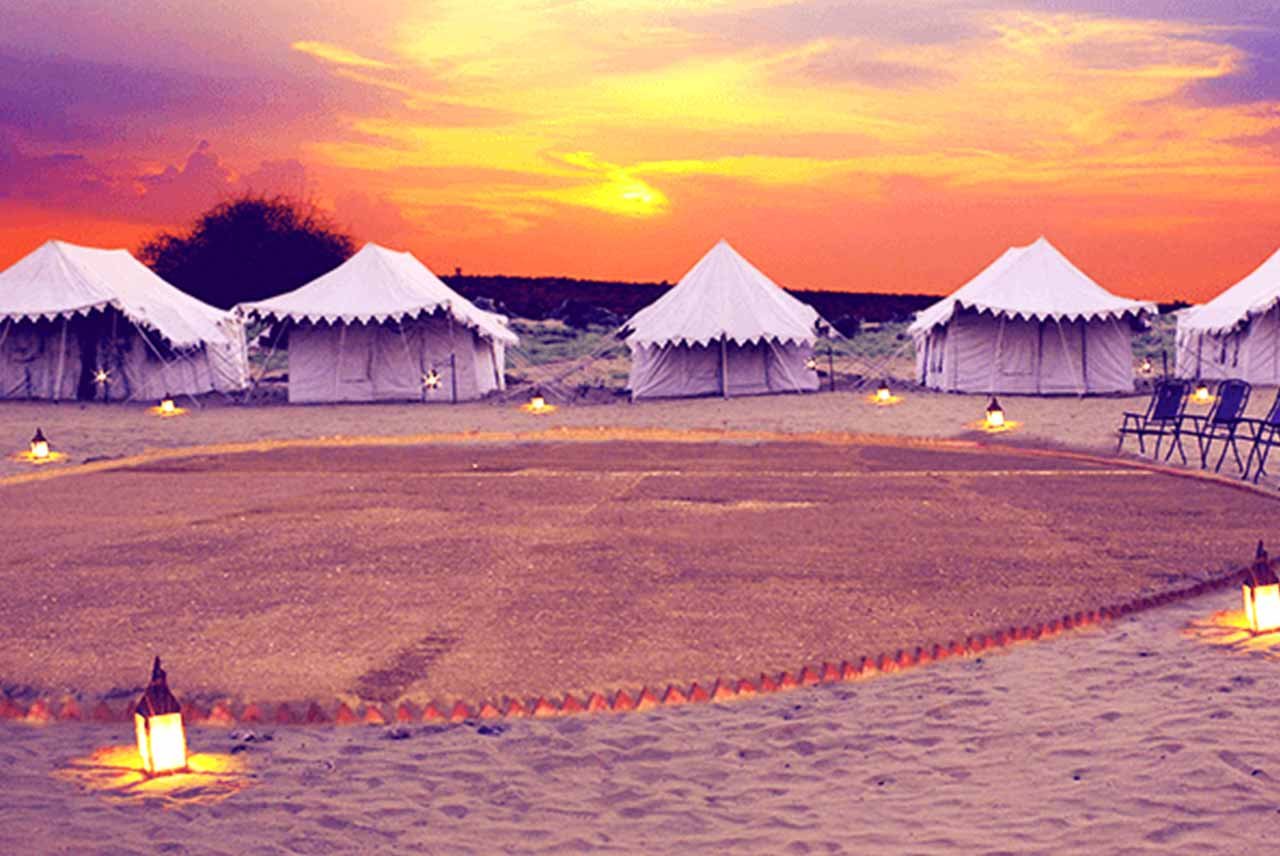Ranthambore, nestled in the heart of Rajasthan, offers a rare blend of wild landscapes, regal history, and immersive adventure. This destination seamlessly fuses heritage with wildlife, making it one of India’s most unique and fulfilling travel experiences. For visitors seeking both comfort and proximity to nature, choosing the Best resort in Ranthambore provides the perfect launchpad for exploring the region’s diverse attractions.
The Timeless Appeal of Ranthambore Fort
One of the most iconic landmarks in the area, Ranthambore Fort, stands majestically atop a hill inside Ranthambore National Park. Dating back to the 10th century, this UNESCO World Heritage Site is not just a relic of bygone Rajput power—it also offers panoramic views of the surrounding forest and lakes. Exploring the fort’s gates, temples, and ruined palaces transports visitors into a different era, all while they remain just steps away from natural wilderness. The fort is especially appealing to history enthusiasts and photographers, with its architectural elegance and sweeping vistas.
Surreal Wildlife Encounters in Ranthambore National Park
No visit to Ranthambore is complete without venturing into the park itself. Known for its healthy population of Bengal tigers, the park spans over 1,300 square kilometers of dry deciduous forest, grasslands, and ancient ruins. Wildlife enthusiasts can expect to spot not just tigers but also leopards, sloth bears, marsh crocodiles, and over 300 species of birds. Each safari feels like an unfolding drama, where every turn may bring a thrilling surprise. For those eager to explore this untamed beauty, it’s easy to Book Ranthambore jungle safari through organized and eco-conscious services.
Padam Talao and the Legacy of Jogi Mahal
Padam Talao, the largest lake in Ranthambore National Park, is another must-see highlight. In the early morning mist or during the golden hours of sunset, the lake becomes a stage for animal activity—sambar deer drinking, herons wading, and occasionally, a tiger lounging near its banks. Overlooking this lake is the historic Jogi Mahal, once a royal hunting lodge. Though no longer in use, its silhouette beside the tranquil waters adds to the lake’s mystique, making it a perfect spot for quiet contemplation and wildlife photography.
Surwal Lake: A Hidden Gem for Bird Lovers
Just outside the main park boundary lies Surwal Lake, a seasonal water body surrounded by farming villages and fields. While not as famous as Padam Talao, this lake draws migratory birds in large numbers during winter months. Flamingos, spoonbills, and pelicans gather here, creating a paradise for birdwatchers. What sets Surwal Lake apart is its peaceful, uncommercialized setting—a place where one can experience the softer, slower rhythms of rural Rajasthan.
Raj Bagh Ruins: Nature Meets History
Deep inside the forest, the Raj Bagh ruins offer a hauntingly beautiful juxtaposition of nature and history. Moss-covered arches, crumbling stone pavilions, and timeworn steps sit silently among the trees, often surrounded by grazing deer or a stealthy predator. These ruins serve as a reminder of Ranthambore’s past as a royal hunting ground, blending man-made beauty with untamed wilderness in a way few other destinations can.
Kachida Valley: The Quiet Side of Ranthambore
Located in the outer edges of the park, Kachida Valley is lesser known but equally rich in wildlife and scenic charm. This region, dominated by rocky outcrops and sparse vegetation, is believed to be a preferred habitat for leopards and sloth bears. Because of its relative isolation, safaris in this zone are quieter, offering a more intimate connection with nature. For visitors looking to explore Ranthambore beyond the usual trails, Kachida Valley adds a dimension of discovery and solitude.
Village Life and Cultural Interactions
Ranthambore is not just about forests and forts—it is also home to vibrant rural communities. Villages like Sherpur and Devpura allow visitors to experience authentic Rajasthani hospitality, traditional crafts, and local cuisine. Whether it’s watching a potter at work or tasting bajra roti made on a clay stove, the cultural insights gained here are both enriching and humbling. This human connection often becomes one of the most cherished aspects of the journey.
Accommodation That Complements the Experience
Where you stay during your Ranthambore visit plays a big role in shaping your overall experience. While options range from budget lodges to heritage hotels, many travelers opt for a Luxury Resort in Ranthambore to ensure both comfort and authenticity. These resorts often feature eco-friendly architecture, local décor, and personalized safari services—all while providing an oasis of calm after a day of exploration.
Responsible Tourism in Ranthambore
Tourism in this sensitive ecological zone must strike a balance between access and conservation. Responsible travel practices—such as choosing certified safari operators, avoiding plastic waste, and respecting wildlife guidelines—are essential. Travelers are encouraged to support local businesses, artisans, and conservation initiatives, thereby contributing to the sustainability of the region.
Final Thoughts
From the storied walls of Ranthambore Fort to the tiger-tracked trails of its dense forests, Ranthambore offers more than just sightseeing—it offers an experience. Whether you’re a history lover, wildlife enthusiast, or simply someone seeking peace in nature, this region speaks to every kind of traveler. And when complemented by thoughtful accommodations and responsible exploration, it becomes more than a trip—it becomes a lasting memory.




